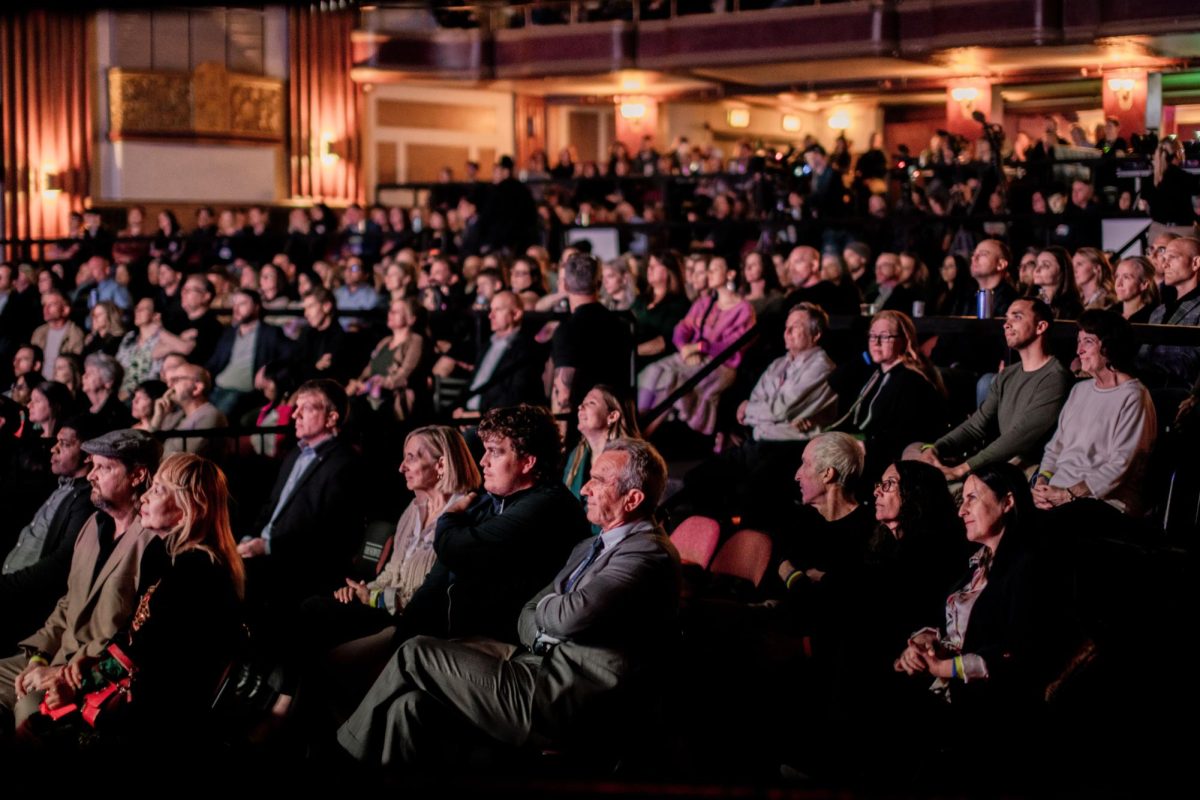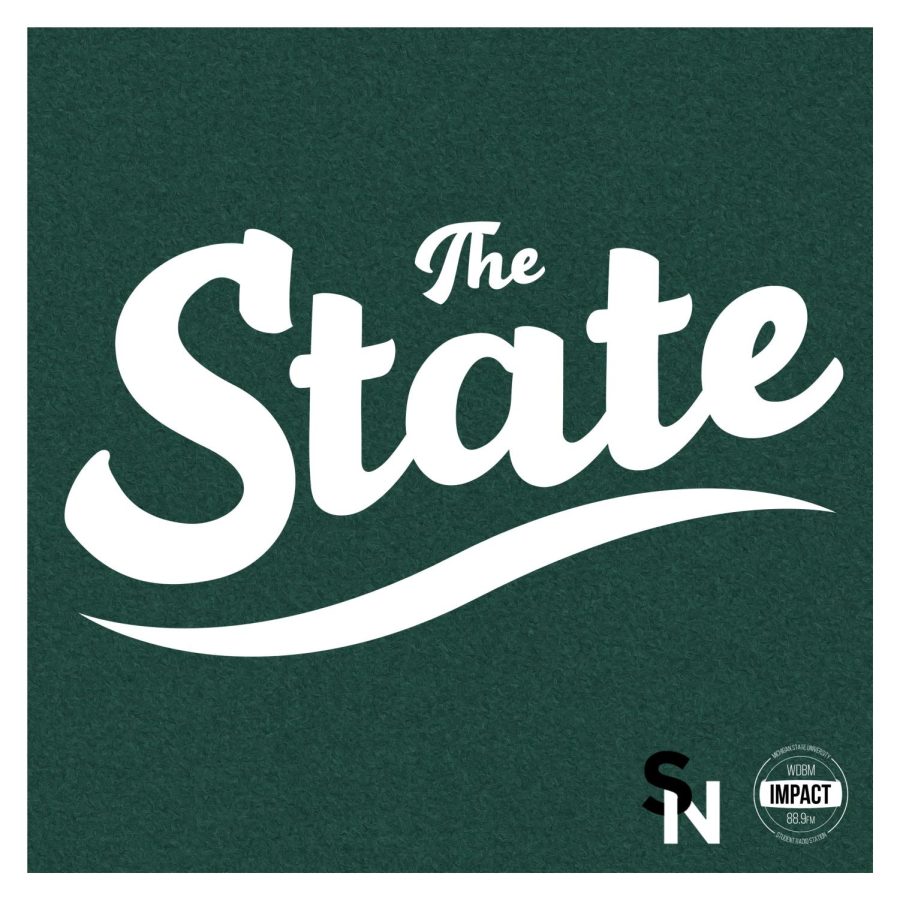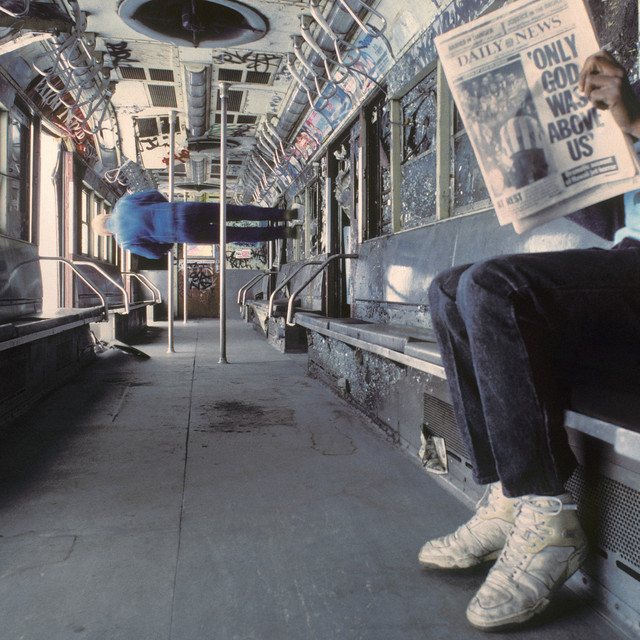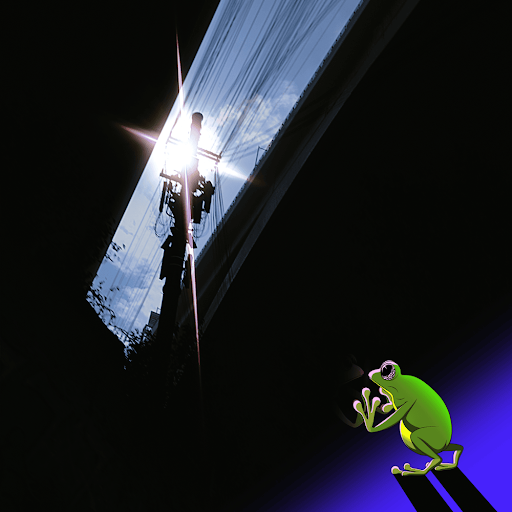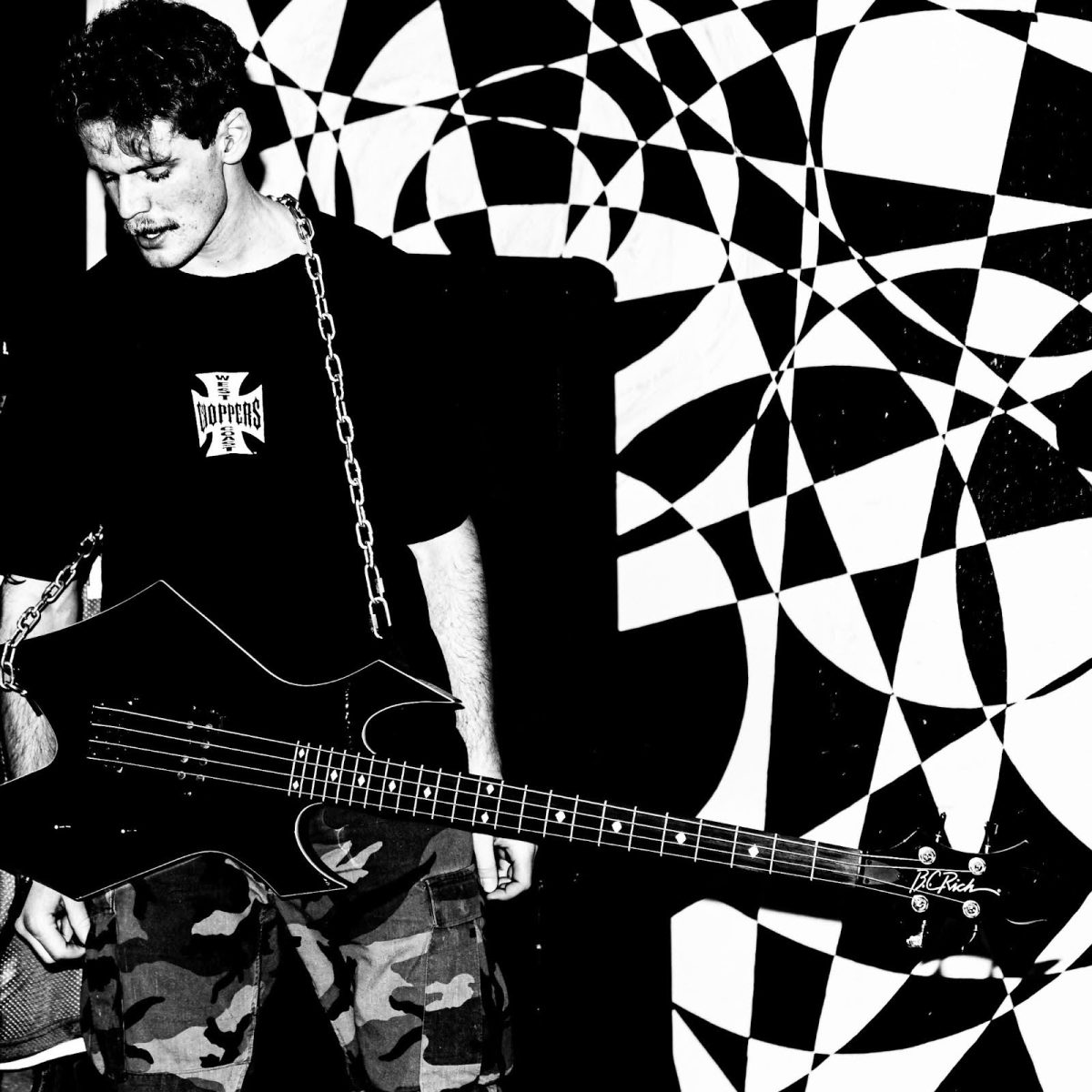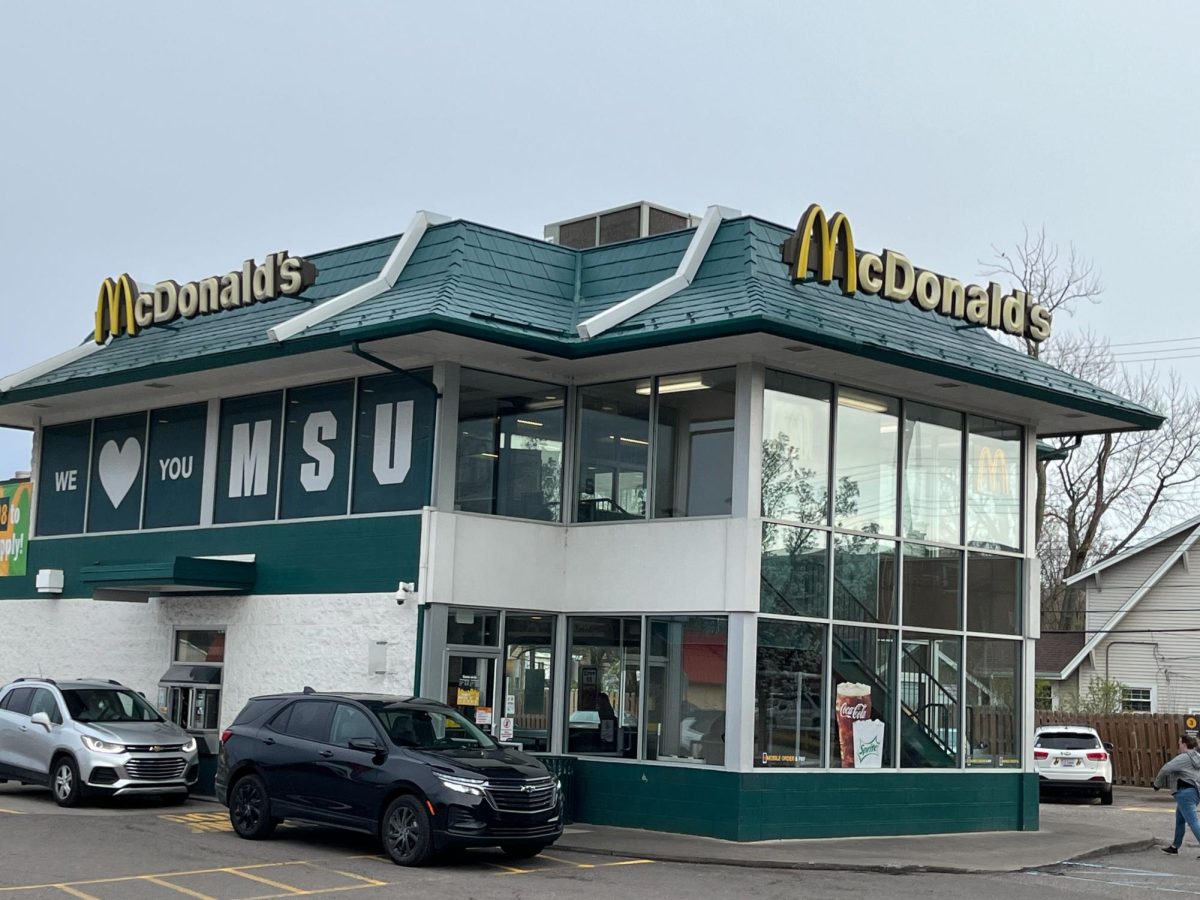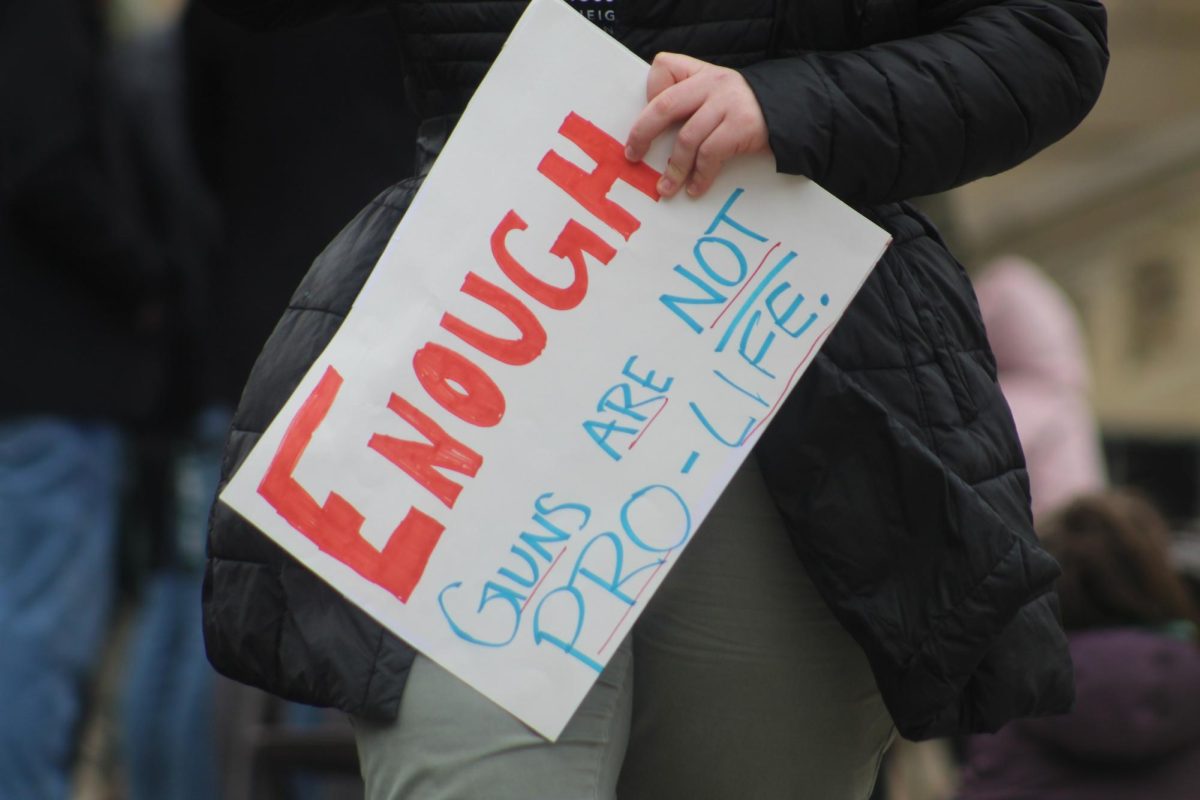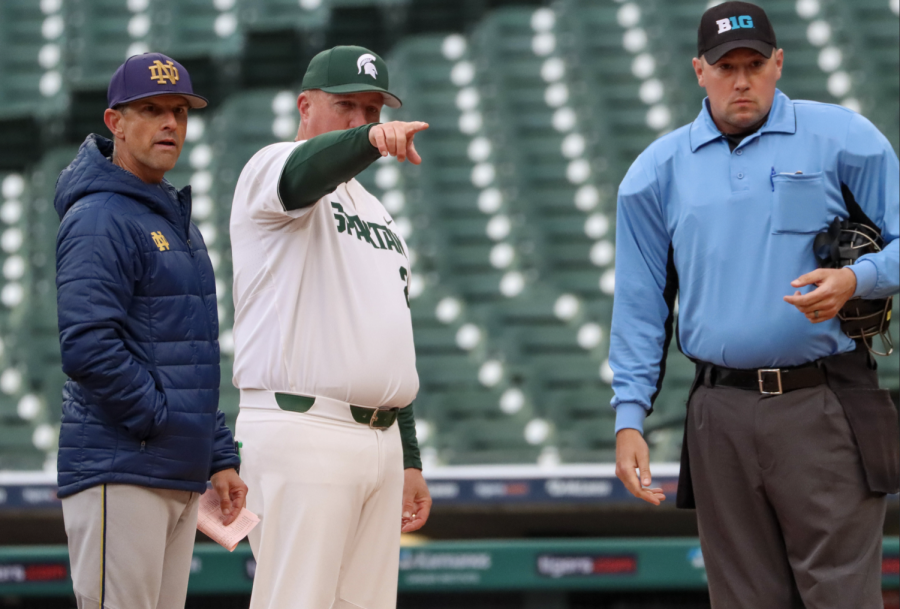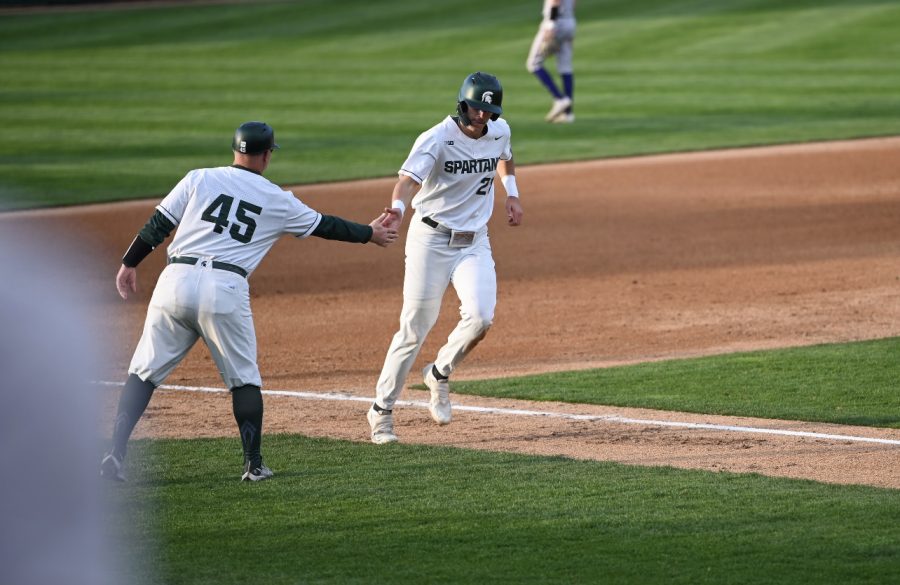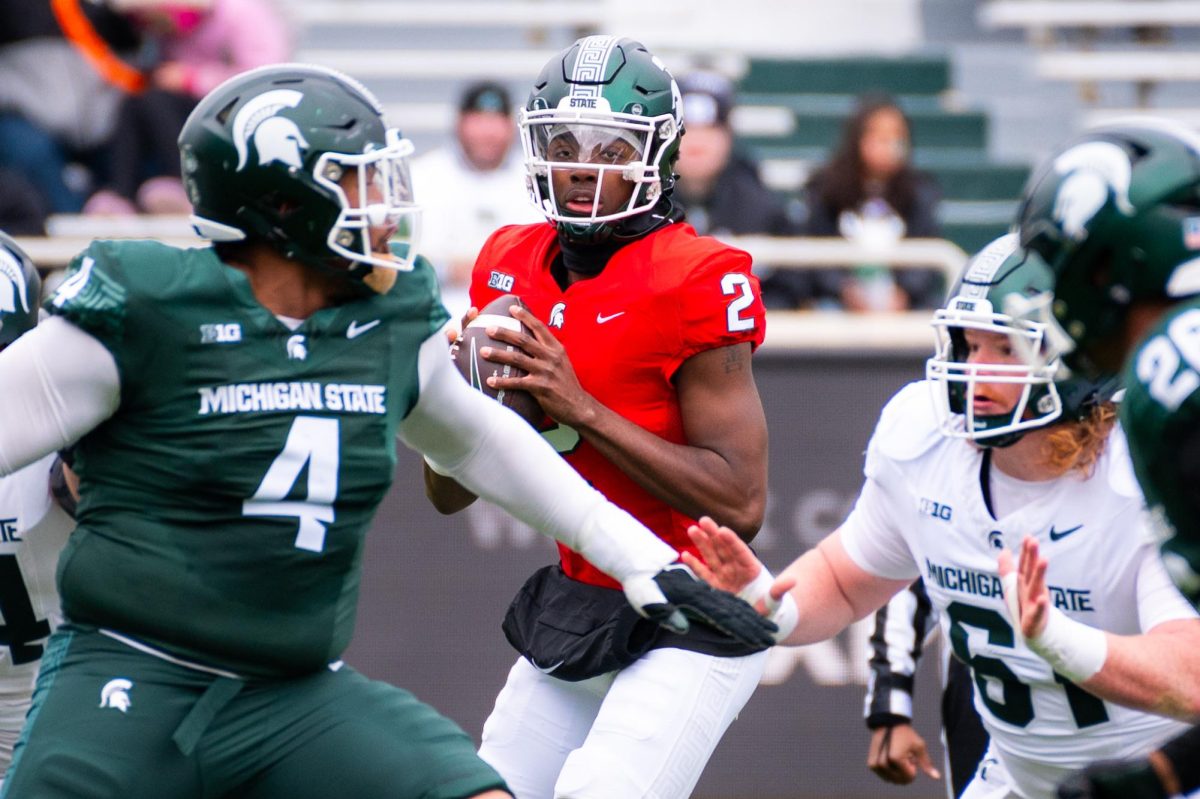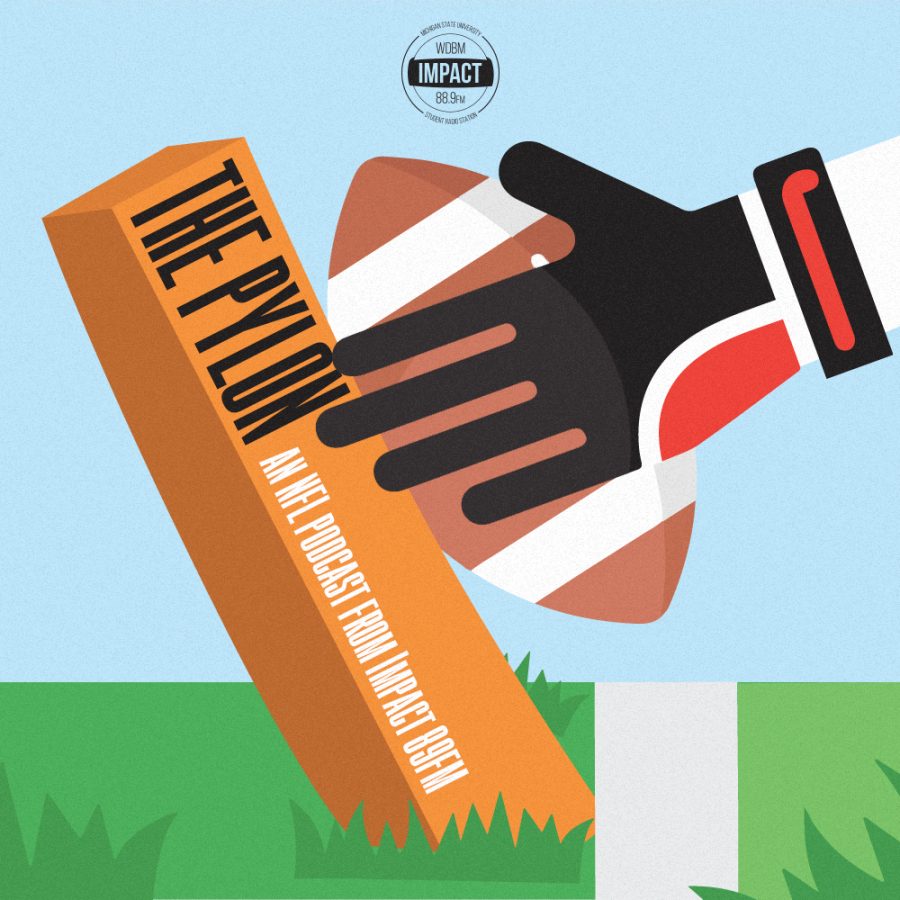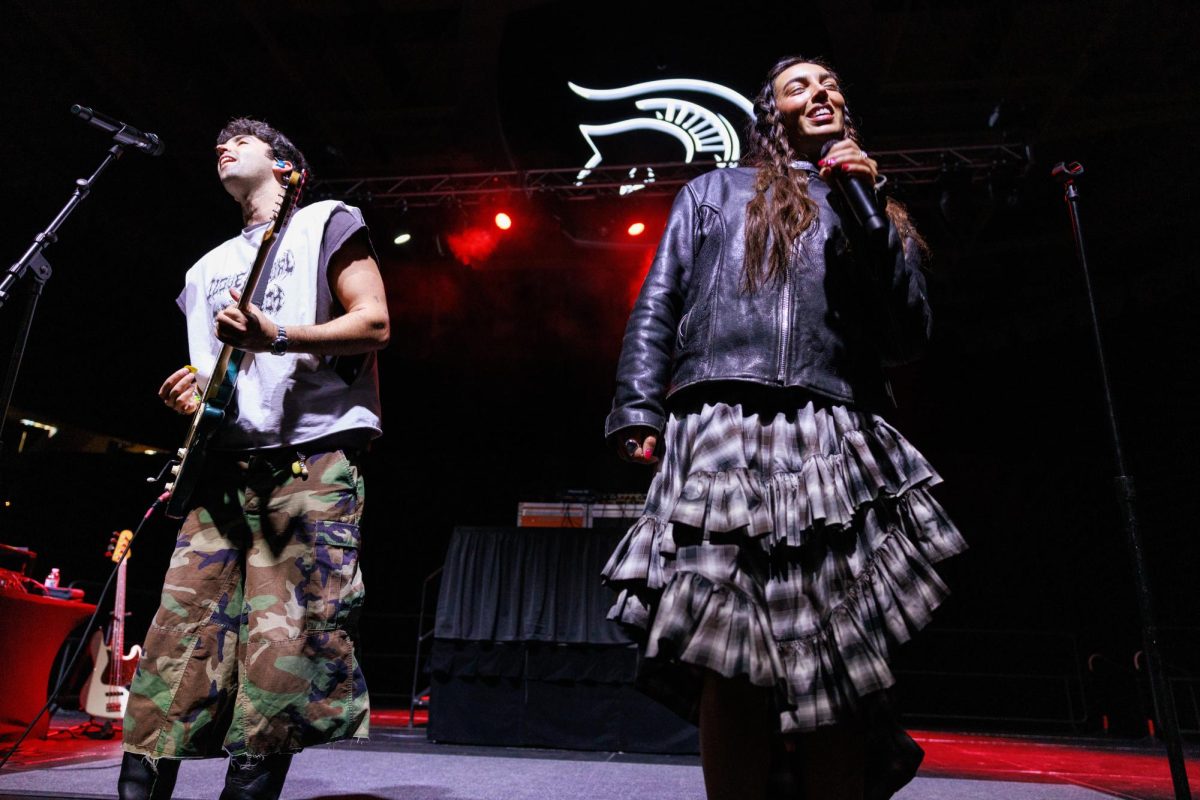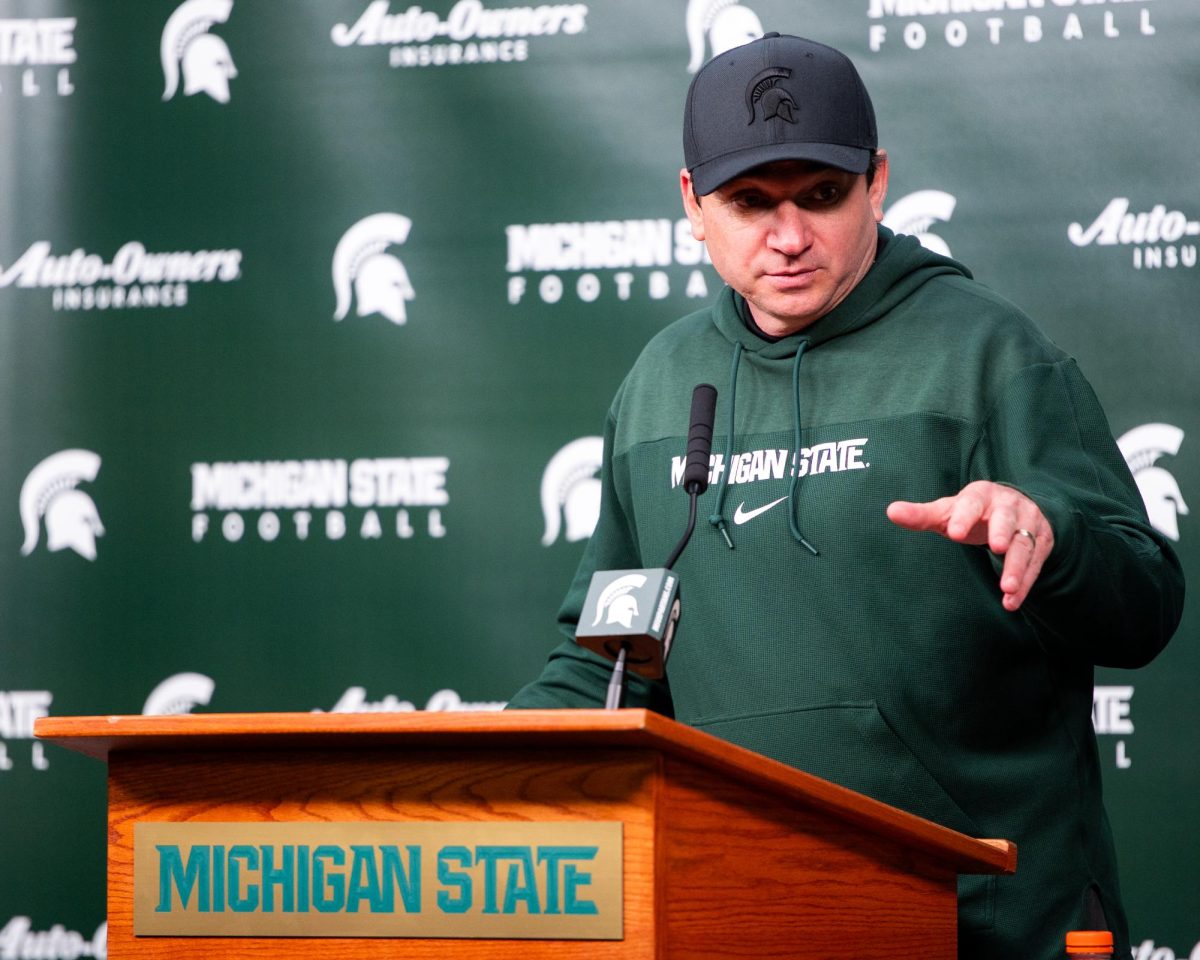“Bigger is Better.”
That’s the slogan of “Cheeburger Cheeburger,” a chain-restaurant that serves their famous “Pounder” burger. I’ve eaten the pounder multiple times (is anybody surprised? I’m not) and have felt proud for finishing it. And full. Very, very full.
Have I gone back and eaten it again? Yes, I have. It’s an event. It’s a special occasion and a thing to do with friends. But I’ve also had a half-pounder, third-pounder, quarter-pounder, etc. When I finished the smaller burgers, I was left wanting more. When I finished the pounder, I couldn’t even fathom looking at another burger or putting anything else in my mouth to consume.
And that is exactly why NASCAR should shorten their races and 36-race schedule.
“Wait … did he just compare eating a burger to the NASCAR schedule?”
You bet I did. Please, hear me out.
There are the hardcore NASCAR fans (like myself) that eat, sleep and breathe the sport. They count down the days until preseason testing at Daytona–after the shortest offseason in sports comes to an end–and plan their entire weekend around a race on Sunday afternoon or Saturday evening. They even plan their lives around the NASCAR XFINITY and Camping World Truck Series races earlier in the weekend.
But then, there are the casual fans. The fans that aren’t even fans. Yes, you. The one that’s reading this right now. They don’t plan their weekends around a NASCAR race. Heck, if they see it on TV on a Sunday afternoon, they usually bypass it. Occasionally, they’ll keep the race on for five or so laps and then turn it off because “it’s just a bunch of rednecks going in circles.”

With the entrance of new series entitlement sponsor Monster Energy, the advent of stage racing, which has been overwhelmingly positive for a change, the rise of young stars such as Chase Elliott, Ryan Blaney and Erik Jones, you would think NASCAR is in a solid place right now.
And it is. Especially compared to the past years. The Daytona 500’s TV ratings were up 7 percent from last year. And although most races have seen declines in television ratings from last year (which were already low to begin with), NASCAR’s footprint on social media has made up for it. In fact, they just won an award for “Overall Social Media Excellence.”
If these changes (the stages, Monster Energy, young guns winning) are to bring a new, younger demographic into the sport, it’s going to take some time. Those are all changes NASCAR has wanted to implement for decades, they were just waiting for the right time. But there is one main overarching problem with all of this.
There’s just too much.
The season is too long. The races are too long. There are too many races.
Society today always pushes the “more is better” narrative down our throats, just like “Cheeburger Cheeburger” does with their pounder. It works for a while, but at some point, a wall will be hit. In my case, it’s the food wall.
NASCAR has hit that wall (minus the food). And it has been trying to figure out a way to get over it for some time now. It’s not as simple as climbing a ladder. A sophisticated, intricate plan is in order.
Let’s look at the four major sports in the U.S.: hockey, baseball, basketball and football.
The NHL’s niche is the Stanley Cup Playoffs. They’re known as the most-wide open postseason in all of professional sports. No. 8 seeds that get in as wild cards winning it all are a normality. The multiple overtime, seven-game series make for compelling action on the ice game after game. And although their postseason is lengthy, the product is grade-A.
In the MLB, only eight teams make the postseason. Counting the wild-card play-in winner-take-all games (which are amongst the most compelling in all of sports), that number rises to 12, less than half of the 30 teams. The history of baseball being America’s Pastime also helps the MLB draw ratings, viewers and new fans year after year, despite the pace of play issue.
The NBA’s main problem has been the resting of star players. But that’s a good problem to have, because they have star players. The NBA’s ratings have been skyrocketing for the better part of the last half-decade. When you have LeBron James, Stephen Curry, Russell Westbrook, James Harden, John Wall (I had to), etc. playing every night, it’s no surprise. Plus, basketball, besides soccer, is the most widely played sport in the world at an amateur/recreational level.
And finally, the No Fun Leag—I mean, the National Football League. The NFL is at the top of the mountain for a reason. Revenue generated by the sport of football is insane. Almost all 32 NFL teams sell out every home game, merchandise is bought like bread on the shelves before an impending natural disaster and the Super Bowl will always be just that: the Super Bowl.
Oh, and one more thing. How many games does the NFL regular season have? That’s right: 16. Only eight home games. Eight chances for their fans to come out, pay a fortune and see their favorite team play. The product is so sought after, and the quantity is so low.
Full disclosure: the worst grade in a class that I’ve gotten so far in my three-plus years at Michigan State University was in Economics 201. Math (and econ) is NOT my thing. And it never will be (sorry, dad). But I know about supply and demand. The NFL has perfected that, and NASCAR is still behind the eight-ball.
But think about it like this: quality over quantity. If NASCAR were to decrease the number of laps in their races, that would in turn decrease the amount of time races would take to complete. That would increase the intensity of the drivers on the race track, providing better racing for the fans. By doing this, as well as decreasing the number of races in a season, the demand for NASCAR racing will go up, whereas the supply will go down. More people will tune in on TV, and more people will put their butts in seats.
Having 16 games in a regular season forces the NFL fans to cherish every game, because they know there are so few in their six-month season. Having 36 races in a season spanning a whopping 10 months leaves little to be desired for the casual fan. They’ve gotten more than they really wanted, which can sometimes be a good thing. In this case, though, I think it’s more of a negative than a positive. That’s also not counting the few non-points paying races and stand-alone lower-series races throughout the season.
So, what am I arguing for? It’s simple: shorten the season, shorten the schedule, shorten the races.
I’m fully aware this process is far from easy. The sanctioning body are locked into multi-year agreements with the race tracks and the corporations that own them (International Speedway Corporation and Speedway Motorsports Incorporated, for the most part). Most of those tracks have two races per season, and they rely on the revenue coming in from their race weekends to support the tracks–which, to begin with, isn’t much. Most tracks lose money nowadays.

But in a perfect world, let’s say that we can work around those contractual agreements. We don’t need to be racing at Texas Motor Speedway twice. Moreover, we don’t need to be racing for 500 miles at Texas Motor Speedway twice. Make the race 400 miles, and go once a year.
On the flip side, let’s look at Auto Club Speedway as an example. That track used to have two dates on the NASCAR Cup schedule, which was a bore. NASCAR removed one of the dates, cut the race to 400 miles and what do you know? Fontana is agreed upon by fans, drivers, teams, etc. as one of, if not the best race of the season–mostly because they took one race away and shortened it.
ACS did that in 2010. Pocono Raceway also shortened their two races to 400 miles in 2012, and Dover International Speedway shortened their 500-mile races to 400 in 1997. 2014 MENCS champion Kevin Harvick used his weekly radio show on SiriusXM, “Happy Hours,” to explain his opinion on this issue, which has gained steam in the past year or so.

“The 500-mile race is a long time,” Harvick said on his show. “I think with the stage racing and the things that we have going now and the attention spans of what people want to watch, I think that there should be the Coke 600, the Daytona 500, the Southern 500, the crown jewel events should have those distances, and I think everything else should be shorter.”
YAAAAS. PREACH. I completely agree with Harvick here.
*Sigh* … okay, I know what you’re thinking. “He’s a Kevin Harvick fan so of course he agrees with his favorite driver.” But look, this is unbiased Davey here. I want shorter races.
Keep the races that casual NASCAR fans know. The Daytona 500, the Coca-Cola 600, the Southern 500, the Brickyard 400. Maybe a 500-lap event at Bristol or Martinsville, keep that. But everything else should be shortened. Nothing drastic, just 100 miles or so.

Since changing their races from 500 to 400 miles, Pocono’s average race time has decreased by about 30 minutes. My friends would never sit down for 3-4 hours to watch and entire race. But if it’s just a shade over two hours with some scheduled breaks in there (thank you stage racing), they’d be more inclined to watch. Especially with a crazy superfan like me that they see walking around the Alpha Epsilon Pi fraternity house decked out in NASCAR gear seven days a week.
Harvick isn’t the only one who thinks this, too. A handful of drivers have agreed with Harvick, and some other ones have voiced their opinions throughout the years. But they’re not the ones that make the decisions. Those come from the corporate headquarters. But they get it, too.
“I think generally speaking, we want to see shorter events […] not in every circumstance,” NASCAR chairman and CEO Brian France said in a NASCAR.com story in 2015. “It’s no secret that attention spans, especially with the millennial fans, are changing, and we all know that.”

It’s time for another change. NASCAR fans have been bombarded with big change after big change. A new format, a new aerodynamic package, new drivers, old, familiar faces leaving, and more. Some might want a little continuity in their sport, but I say we need to keep going.
Maybe it will work, maybe it won’t. All the changes NASCAR has made so far have been working, but only to a certain extent. If the sport is to ever get back to where it was in the 1990s, at the pinnacle of American sports fandom, it needs to keep trying new things to be different. They need to keep trying to attract new audiences, which is only possible if they improve the product on the race track, off the race track, the procedures that make everything happen, and everything in between.
NASCAR got in over their heads. They thought bigger and better meant longer and more.
But in this case, less is more.


